There’s an outdated model surrounding website design and strategy.
What is this outdated model, you may ask? Well, it’s probably all too familiar to you. You sign up for a WordPress, Squarespace, Wix, or Shopify account. You select a pre-built template. You install it. You slap your logo in the top right corner and change out a few words… and boom. There it is. Your brand new website.
This is how people have been building websites for years. It’s easy right? Just a couple clicks. But remember… There’s no magic pill. In fact, the “easier” something is, the more skeptical I am as to whether it will actually work. What if someone told you that you could lose 5 pounds per week simply from eating one special “super food?” I’d laugh you out of the room, hide my wallet, and warn my friends to stay away. We all know that the right kind of weight loss is a result of an intentional diet, consistent exercise, and discipline… also known as hard work.
So what’s the problem with this outdated website model of picking a “magic pill” template?
For more information on this outdated model, watch the accompanying video.
There are actually three identifiable issues:
- The first problem is that while these online templates are built to make your life easier, they aren’t usually built with strategy in mind. This means that while your new website may be easy to build using this method and while it may look aesthetically pleasing, it’s not going to actually drive clicks or engagement.
- The second problem is that you’re choosing a “cookie-cutter” solution for your organization, which is anything but “cookie-cutter.” You have a unique organization with a unique DNA, serving a unique audience. Your industry, audience, niche, geographic region, service offerings, and leadership style are all a few things that make your organization one of a kind. The idea that a “templated” strategy will work effectively for your unique website is absurd.
- The third problem is that if you pick a “magic pill” website template and the organization down the street picks the same one, you risk having a website design that is nearly identical to theirs. And that’s no fun for anyone.
Now, I’m not saying that these website templates are evil or that you should never use one. I think they can serve as a good starting place for a website design. If you aren’t particularly creative, they may help you to get your creative juices flowing or serve as a good “jumping off point” for you to build your design. But I beg of you… If you choose a template as a starting point, please only use it as a starting point. You must customize and tailor your website so that your specific audience gets a unique experience from your one-of-a-kind organization.
If you haven’t yet been convinced in regard to the importance of an intentional website strategy, check out these statistics:
- Nearly 90% of consumers will stop engaging with a website if it doesn’t load quickly or is poorly designed, as reported by Lyfe Marketing.
- According to Google, 61% of users are unlikely to return to a mobile site they had trouble accessing, and 40% will visit a competitor’s site instead.
- In an Adobe study, almost 40% of people will stop engaging with a website if the content/layout is unattractive.
I spend almost every day of my life in website strategy coaching sessions with business owners, non-profit leaders, and church pastors. During these calls, we look through their entire website and give them practical feedback on what we recommend they change in order to receive a higher ROI on their website. Sometimes, we come across a website that has very few notes for improvement, while other times, we’re shocked at the amount of strategy notes we put together for the client.
If I think back to some of the more extreme strategy sessions I’ve been part of, there’s one in particular that comes to mind. For the sake of confidentiality, we’ll call them Company X. The owner of Company X was a very nice guy. And his intentions when building his website were sincere. He knew he needed an online presence, so he did his best to create one. We’ve all been there, right? The problem was, there was absolutely no strategy in place on his website.
Scrolling through his homepage, you would have no idea what his company did. The messaging was confusing and not clear. There were no intentional buttons on the site funneling a website visitor to take any form of action. Not a single photo of a human anywhere on the site. No phone number or contact information. The navigation was confusing. The mobile layout was a dreadful experience. By the time our strategy session was over, our client had taken an entire page worth of notes.
I wish I could tell you Company X implemented all of the feedback we gave them that day, but, as it turns out, the website hasn’t changed at all since our strategy session with them… three years ago.
I suppose this would be a good place to mention that while it’s not enough to simply have a website, it’s also not enough to simply have a strategy. You also have to use it! I’m not mad at Company X. It’s their company. They can choose what they decide to do or not do on their company website. I only share this story as an encouragement to you to not only think through strategy for your website. But once you have your strategy built, don’t sit on it. Do it. Don’t be a theorist. Be a practitioner.



